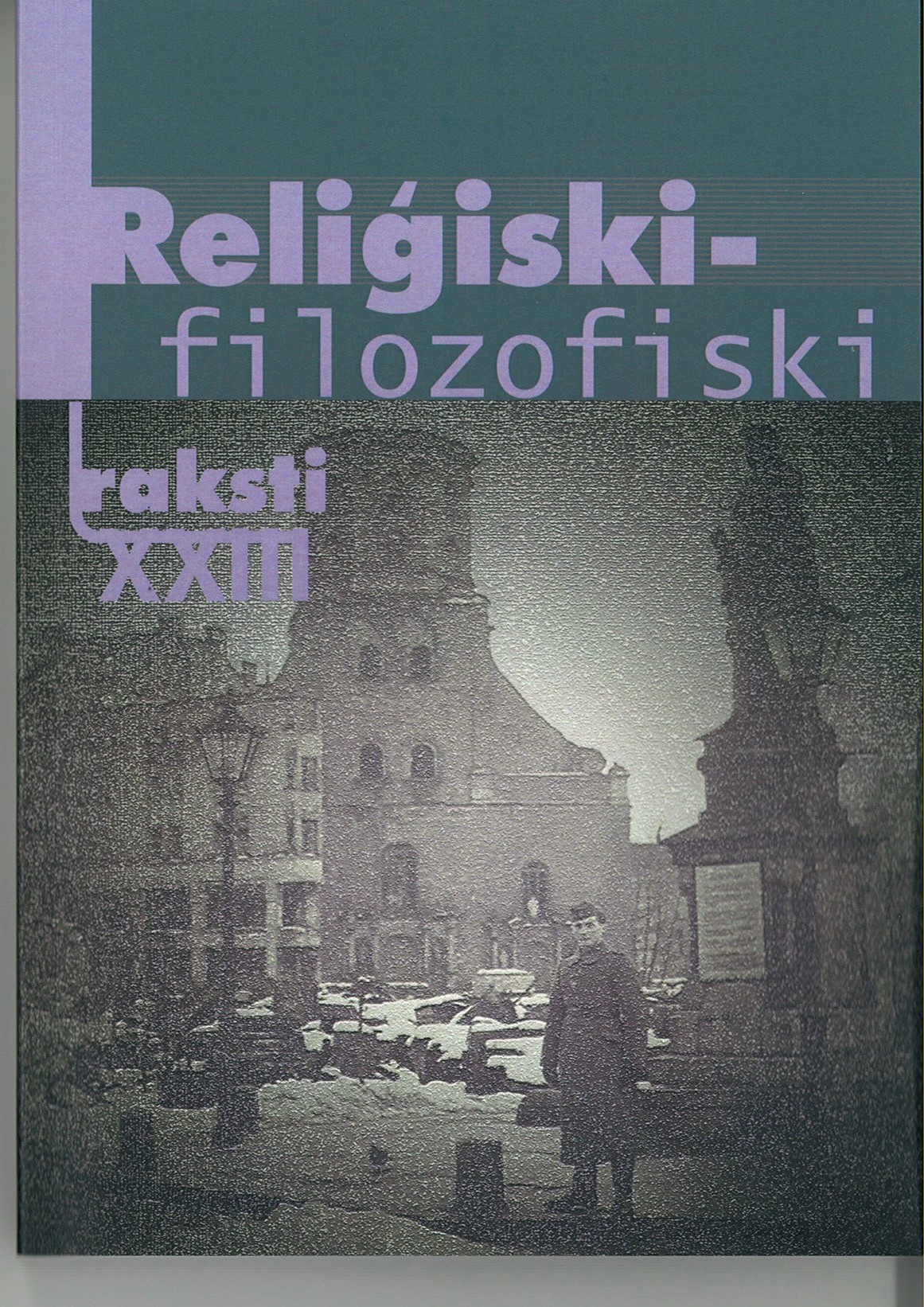The Temple Construction in Germany in the Interwar Period, Its Style and Significance
The Temple Construction in Germany in the Interwar Period, Its Style and Significance
Author(s): Alexander BertashSubject(s): Architecture, Interwar Period (1920 - 1939)
Published by: Latvijas Universitātes Filozofijas un socioloģijas institūts
Keywords: Temple Construction; Germany;
Summary/Abstract: The article presents poorly studied theme of the temple construction in Germany in the interwar period mainly on the basis of German sources. Church architecture of this period did not occupy a leading position in architectural practice and was distinguished with professionalism and style variety or its creators. The intensity of temple construction decreased only in the height of the Second world war. The main directions in temple construction was the “brick expressionism” (the unique world phenomenon in the scale of construction), functionalism and combined in the second half of the 1930s with each other archaizing Neo-Romanesque and national style. It is wrong to speak about “Nazis” temple architecture because during the rule of the Nazis the temple construction has maintained its “independence” and the old stylistic forms. In this sphere continued to work the architects of a previous age, it was not subjected to special restrictions and regulation, and only the functionalism was changed with the “national architecture”. The article briefly discusses the theoretical views and projects of the largest temple constructors: Otto Bartning, Dominikus Bohm, Rudolf Schwarz, and others.
Journal: Religiski-filozofiski raksti
- Issue Year: XXIII/2017
- Issue No: 2
- Page Range: 251-268
- Page Count: 18
- Language: English

